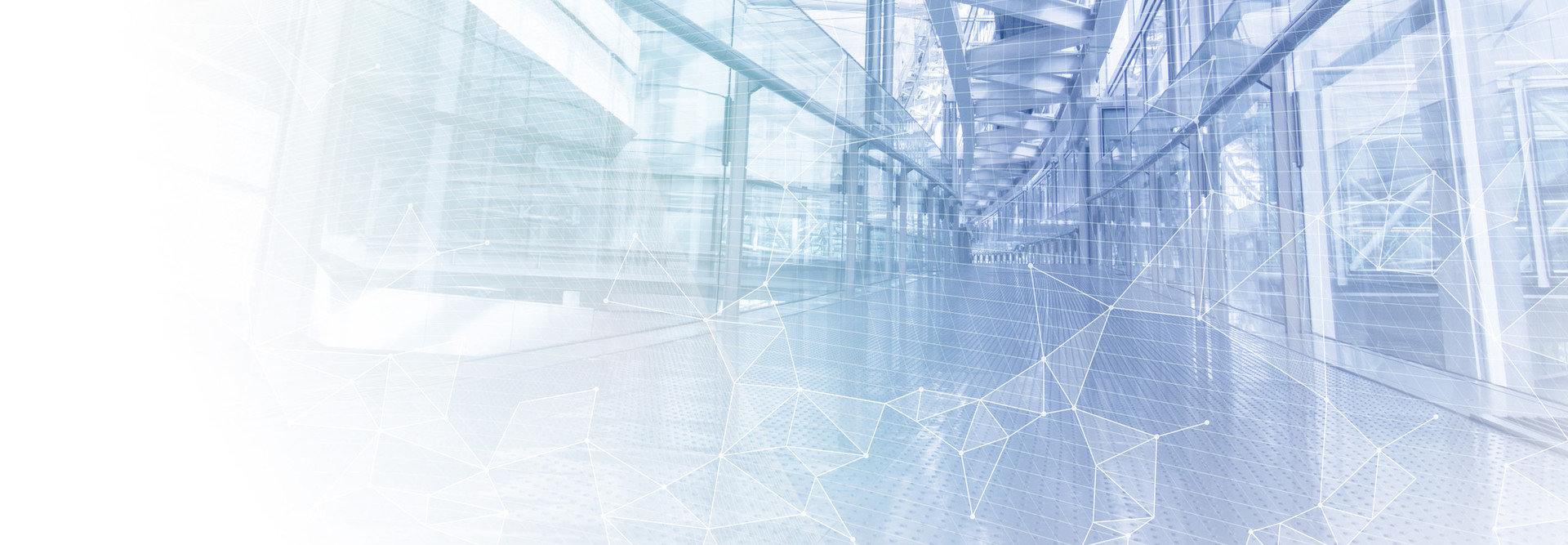Organizations See Real-World Successes with the Internet of Things
Planes, trains and automobiles. Lights, watches and medical devices. Parking garages, greenhouses and stadiums. What’s the common denominator? Organizations in just about every industry imaginable are connecting elements such as these to the ever-growing Internet of Things (IoT).
Using sensors to monitor equipment is not new. Connecting those sensors to the internet and culling insights from the data they produce is new, and it’s revolutionizing industries from healthcare and retail to transportation and manufacturing. It’s even changing the way entire cities operate. IoT equips organizations with systemic insights to drive smarter decisions, smoother processes and better results.
Take food manufacturer SugarCreek, for instance. In 2015, the company moved from a 70,000 square-foot space to a 425,000 square-foot smart manufacturing facility in Cambridge City, Ind.
In the new building, employees wear radio frequency identification (RFID) tags on their bump caps, so if the facility were evacuated in an emergency, management would be able to easily locate everyone.
The RFID tags also help improve workflows. If employees spend a good part of their days moving around the facility, the tags can identify potential bottlenecks so managers can streamline job processes.
SugarCreek installed 260 cameras around the facility, along with tracking software and video analytics to analyze employee productivity. The systems are connected to whiteboard technology, and televisions throughout the facility present information about the productivity of work teams so they can identify areas for improvement.
IoT is also transforming public safety. Cloud-based systems can pull data from past crime reports, the internet and social media, as well as audio and video analytics — including facial recognition and license plate readers — to predict crimes.
Not only can this help prevent crimes, it can also aid officers responding to and investigating crime scenes. They can access a wealth of data — including surveillance video, criminal histories and more — that can better prepare them for when they arrive at a potential crime or safety event. Smart guns that employ biometrics (so that only designated users can fire them) are another IoT innovation in the public safety field. They can also gather data such as when they’re fired and at what angle.
In some cases, public safety IoT initiatives are part of larger citywide strategies. Whole communities are turning to smart technology to gain efficiencies and improvements in citizen services. Kansas City, Mo., for instance, partnered with Cisco on a city digitization project that uses sensors, IP cameras and apps that enable smart street lighting, parking spaces, traffic management and more.
Healthcare, education, retail, government — real-world examples of IoT are becoming increasingly common across industries as more organizations witness the benefits the technology offers.
Dive Deeper
Ready to take on IoT technologies? Download the free white paper, "IoT: Building a Data-Driven Future," to learn more about:
- the building blocks of the IoT
- orchestration and automation technologies
- options for storing IoT data
You'll also score access to BizTech's entire library of free, downloadable white papers by signing up just once.








